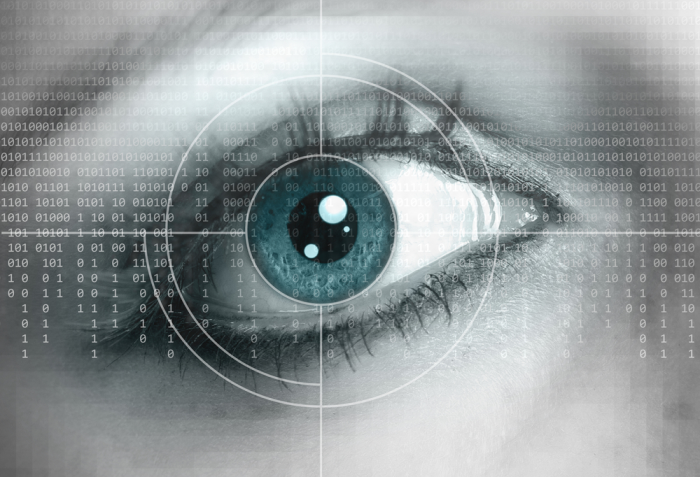Some say the vision of smart homes kicked off with the invention of household machines in the early part of the 20th century, but the current wave of smart home technology was established in the beginning of this century with the internet of things (IoT) and devices that were networked for wireless control. First came local wireless technologies with proxy control such as ZigBee or Z-Wave, and then came devices that could connect to the Internet.
Two notable entries into early smart home technology were LG’s connected refrigerator, launched in 2000, and Nest’s smart thermostat, launched in 2010. These devices were both designed to learn people’s habits in order to reduce the amount of human management needed to maintain different aspects of the home. This goal and others are pushing smart home technologies forward.
The past few years have seen a proliferation of smart home devices that all share the purposes of simplifying your life, managing things for you, or providing greater ease of access to the Internet.
For Instance, in 2018 Kohler released a mirror enabled with Amazon Alexa. It can play music, give traffic updates, and includes a motion-activated night light. It aims for simplification by reducing the number of devices you use to accomplish daily tasks.
To head off plumbing issues and related water damage, you can install a sensor with a water valve shut-off that will detect leaks before they’re visible to the naked eye and alert you via a smartphone so you can shut off the main water supply and fix it. Such technology aims to make home management simpler and safer. “If a water alert is generated it can automatically trigger a smarter home socket which can turn on a dehumidifier to remove moisture out of the area,” says Tim Myers, Director of Smarter Home for Enercare.
ElliQ, a new device from Intuition Robots, is a social robot designed to help older adults navigate the digital terrain and improve quality of life. Unlike the other two examples, this smart home technology intends to address a need of a specific population outside the parameters of the connected home, but it still offers a look into how smart home technology might advance in the near future. Such a device is similar to voice assistant speakers that offer ease of access.
With different companies launching their own connected devices (Amazon, Google, Nest, Samsung, LG, Philips, Wink, and Ecobee, to name just a few), integration is currently the biggest challenge. This must be overcome if smart home technology is to advance beyond a collection of devices to become a true Internet of Things.
Right now, smart devices require users to juggle multiple apps or interact differently with individual devices. They also still use multiple communication protocols: some use Wi-Fi, while others use earlier protocols such as Z-Wave, and still, others use Bluetooth.
Given that Wi-Fi is already ubiquitous, it seems obvious that connected devices using this protocol are the future. Users currently have the option to align themselves with a particular brand or two or manage all their smart home systems with different tools.
Predictions claim that voice assistants will function as central hubs to controlling other smart home devices. This seems likely; as these devices become smarter from advances in NLP and other subfields of AI, they will offer users increasing ease of access to other smart home technologies.
Beyond centralized control and communication, smart homes need to provide additional modes of interaction for users who don’t want to talk to a voice assistant. Not all interactions are easy to do via voice assistant, so users will want other options such as touch screens or motion sensors.
Additional interactive modes offer users smart home systems that are readily available wherever they are: smartphones provide access remotely, while voice assistants or touch screens provide access in different locations around the home. Motion sensor integration is the most-hands off option in development; truly smart devices learn human habits and simply respond as we move about our homes.
This new direction will take hold as builders integrate smart home features into new houses, rather than technology only being available as an add-on. Amazon is taking the lead in this with a partnership with Lennar, a home builder. In all of Lennar’s new homes, Alexa technology will allow users to do anything from turning on the TV to ordering household items (the system is also available for existing homes).

Smart home technology has a number of security issues to overcome, especially as it transitions from more isolated networks to Internet-based networks. Cameras can be hacked to spy on homeowners and data can be collected from voice assistants, For Instance. Vulnerabilities have been found in a range of smart home devices.
Multiple changes need to happen on this front. First, users need to be provided clear information about data collection and use and the ability to opt out of such collection. And while there are currently some steps users can take to protect their systems from hackers, the burden of this task needs to shift to companies making and selling devices. Security companies may also step in to pick up the slack.
For instance, for data security, products may come installed with digital authentication certificates. Rather than alerting the homeowner to a suspicious lurker outside the home, a smart doorbell can alert the police. Connected devices inside the home will come with better security protocols, such as increased wireless encryption, two-factor authentication, and password management. Blockchain advancements also offer options for increased security.
One appeal of smart devices is energy conservation. Smart thermostats kicked off this trend, but it won’t stop there. Users can increasingly access dashboards that show their energy usage by device so they can adjust. Smart home technology could raise and lower blinds in response to daylight, give users the option to automatically turn off appliances during peak demand times, and control passive solar material on the rooftop or even the driveway.
Devices installed on water pipes or HVAC systems can automate the process of troubleshooting and repair, communicating directly with companies instead of requiring homeowners to check appliances and schedule appointments.
And down the line, robots may increasingly appear in smart home systems to do anything from cooking to keeping you company. The future of smart home technology will involve a combination of Jetsons-style functions that devices provide in lieu of human labor and easier hands-on control of various activities in the home.
By Hilary Thompson





